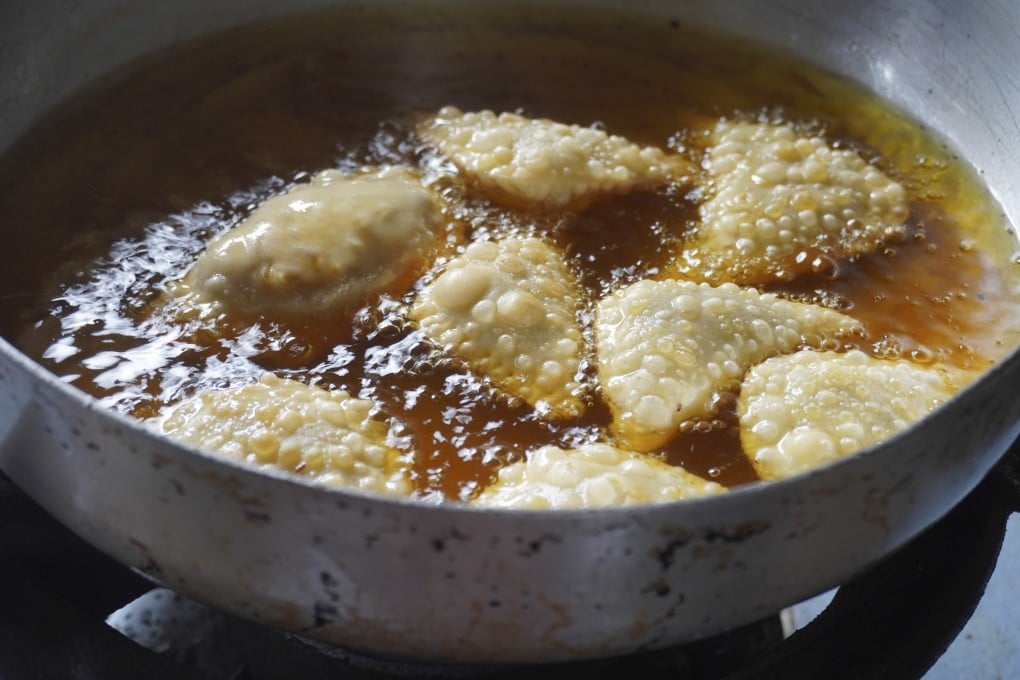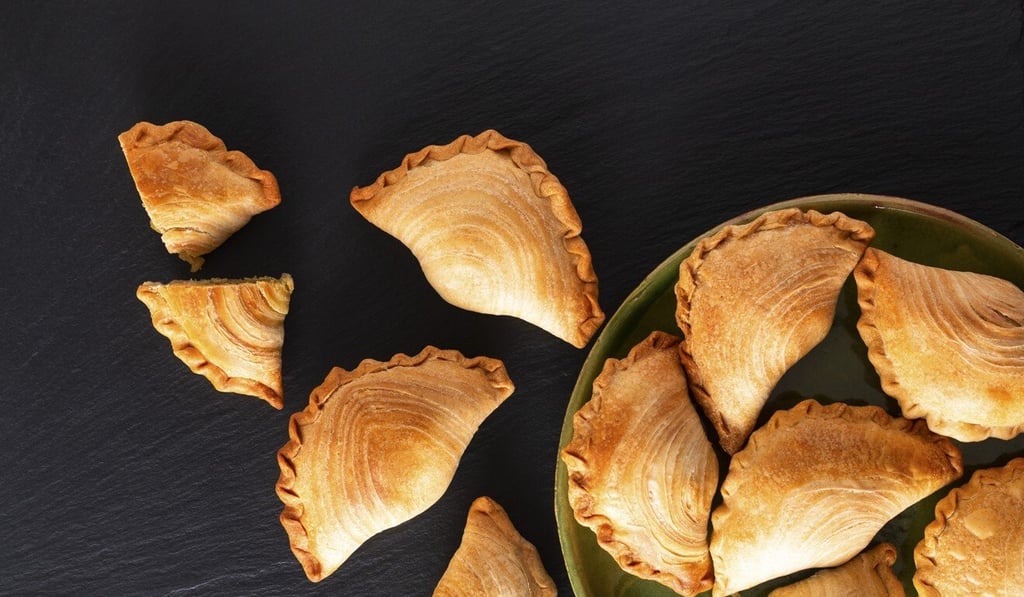Curry puffs: how a Portuguese snack arrived in Southeast Asia in the 1500s and became a hit across the region
- Portuguese spice traders introduced the empada – a kind of pie – to Southeast Asia in the 1500s
- It spread along the trading routes, and most countries in the region now have their own version, with names like karipap, epok-epok, pastel, panada and banh xep

Sweet or savoury, enjoyed as appetisers or snacks, tiny puffs with a variety of fillings are a delicacy across Southeast Asia. From Malaysia and Singapore to Indonesia, Thailand and Vietnam, various types of puff are based on a popular colonial import.
Curry puffs – called epok-epok and karipap in Singapore and Malaysia and a street-food staple – comprise curried potato, chicken and other ingredients stuffed in fried or baked pastry.
British colonialists in Asia came up with the name “curry puff”, but the dough pockets have been influenced by the colonial cuisines of several European nations down the centuries.
The puff’s most important ancestor is the Portuguese empada, a meat, fish or vegetable pie.

Portuguese traders and adventurers were the first Europeans to begin colonising Asia in the early 1500s, building settlements to control the lucrative spice trade in Goa, India, Malacca in Malaya, and Macau near Hong Kong. They indirectly influenced the eating habits of other Asian countries trading with Portuguese colonies. Travelling on various trade routes, the puff became a trans-Asian snack.
